You’ve probably heard the term ‘stone fruit’ before, and maybe even know that they’re in season in the summer. But what actually makes a stone fruit, well, a stone fruit?
Stone fruits are fruits that have a large pit, or “stone”, in the middle that contains the seed of the fruit. Peaches and plums are probably the first fruits that come to mind, but there are many varieties of stone fruits you may not have known about including our beloved tropical-tasting coconut (not a nut, as you can see!).
They tend to be high in fiber, low in calories, and extremely nutrient-dense, offering loads of vitamins (especially vitamin C), minerals like potassium, and antioxidants. Stone fruits are fantastic for gut health, especially when they are in season as they add diversity to the gut microbiome and contribute to the "good" bacteria that populate the gut.
“Drupes” are another name for stone fruits, and some fruits have many tiny individual drupes or drupelets that each contain a seed in them, like blackberries and raspberries (actually classified as stone fruit, not berries!)
Here are some of the most common stone fruits you can look for at your local grocery store or farmer's market :
Common Types of Stone Fruit
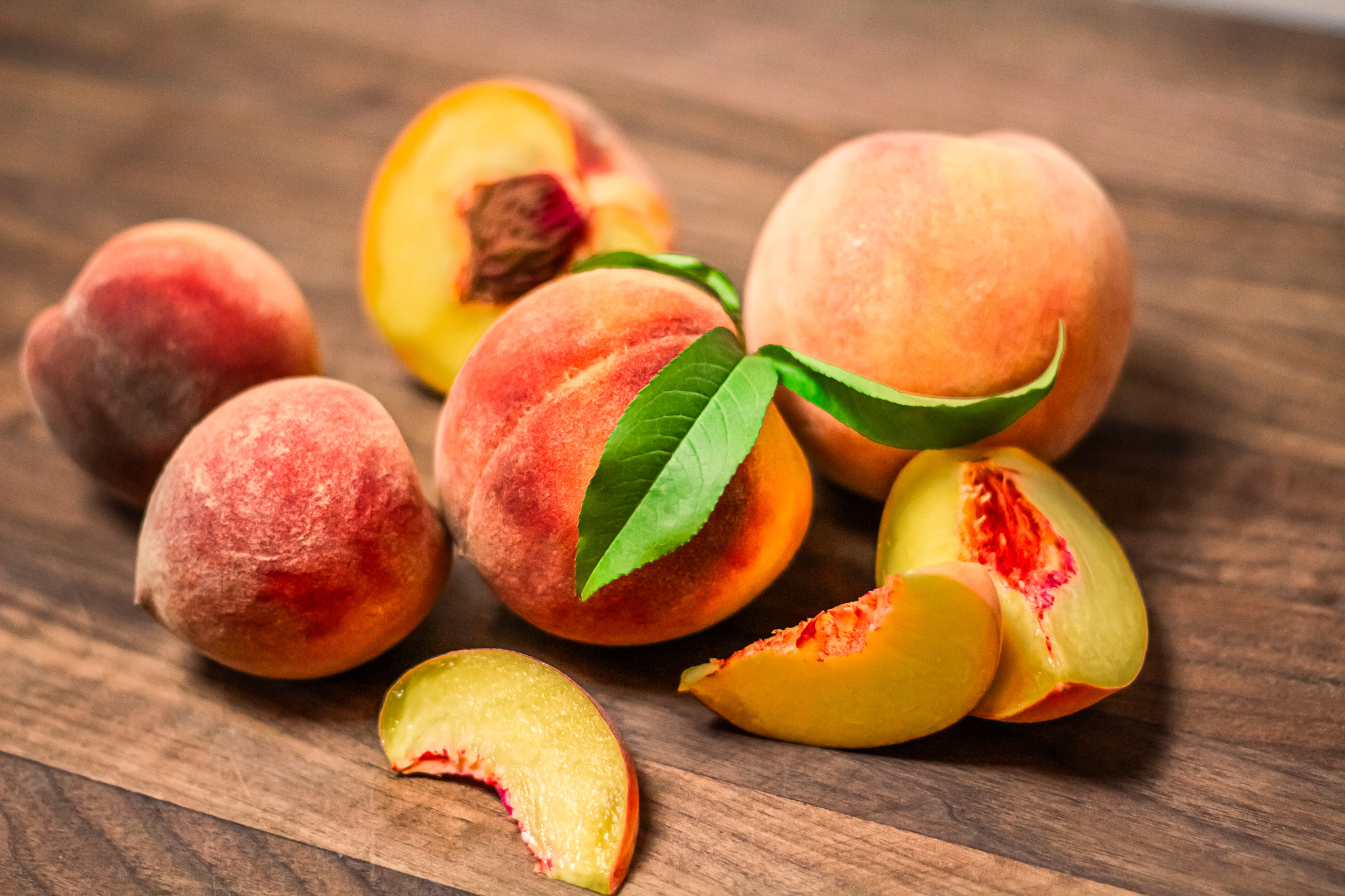
Peaches
With almost 300 varieties grown in the U.S., Georgia and South Carolina reign as the top peach-growing states in America. You may find these at the farmer’s market if you live in southern states between May and August. Peach flavor profiles can range from slightly tart to juicy and sweet, depending on the variety and ripeness you choose. They are extremely versatile and can be baked into a tart, grilled, made into preserves, simmered down into syrup for peach tea or a drink, and the list goes on.

Plums
Plums have hundreds of varieties as well, but the most common are Japanese and European plums. European plums have thicker skin and are grown almost exclusively to dry into prunes, while Japanese plums have thinner skin that can be eaten fresh, just like an apple. One of the most popular plum varieties you may see is the black plum, which has yellow flesh, while there are other varieties with more red skin and darker flesh. You may even find lemon plums with yellow skin and flesh in certain regions like California. Plums can have a lighter sweetness in comparison to peaches and are delicious when eaten on their own, made into preserves, or baked into a pastry. You may find their dried version, prunes, at your grandmother’s house.
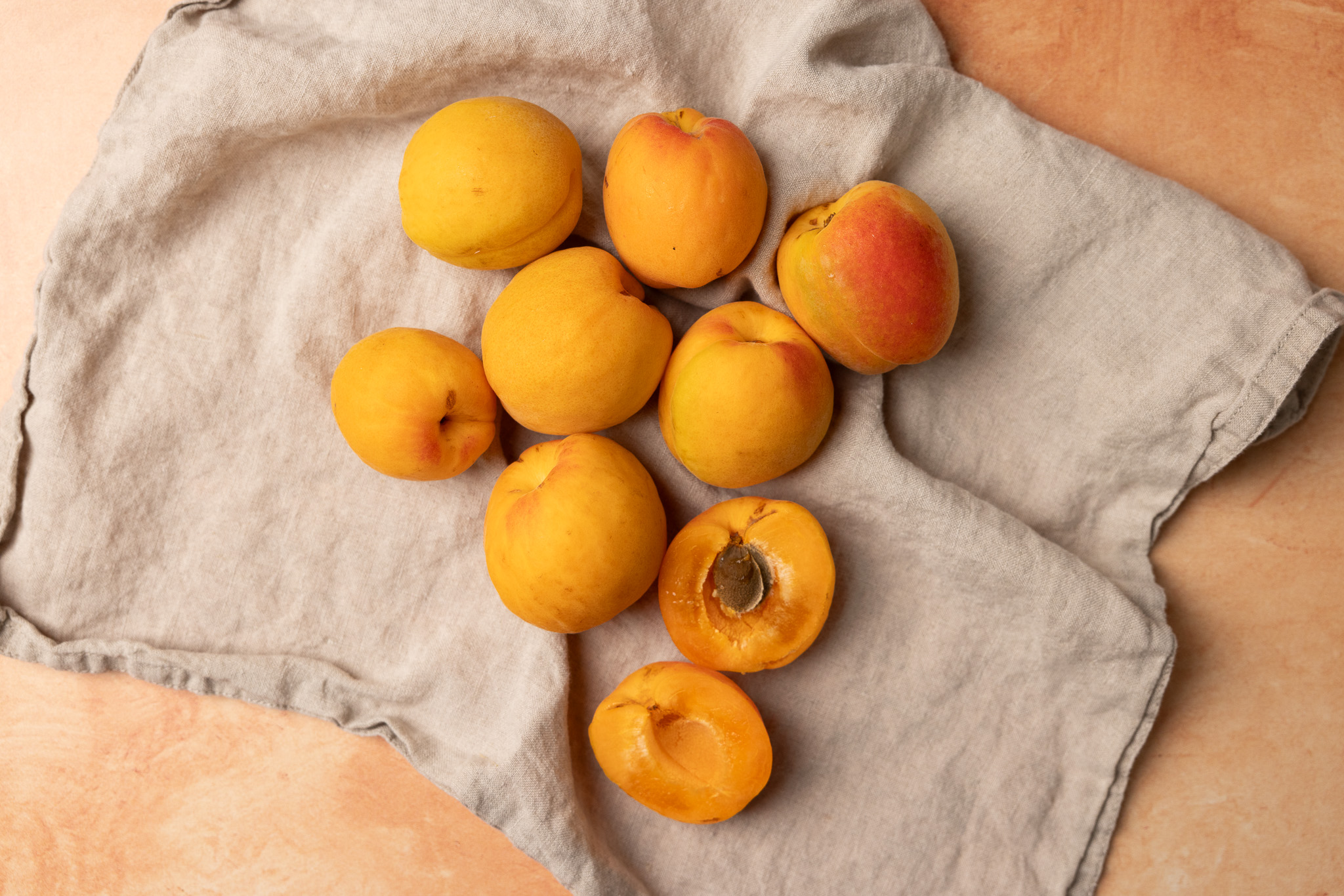
Apricots
You may have eaten dried apricots before, but have you ever tasted one fresh? Apricots are in the plum family, but are smaller and have a soft, fuzzy skin like a mini peach. They are high in vitamin A, beta carotene, and lutein which help to promote good eye health and decrease the risk of cataracts and macular degeneration. Apricots are delicious fresh, dried, in a scone, or even in preserves!
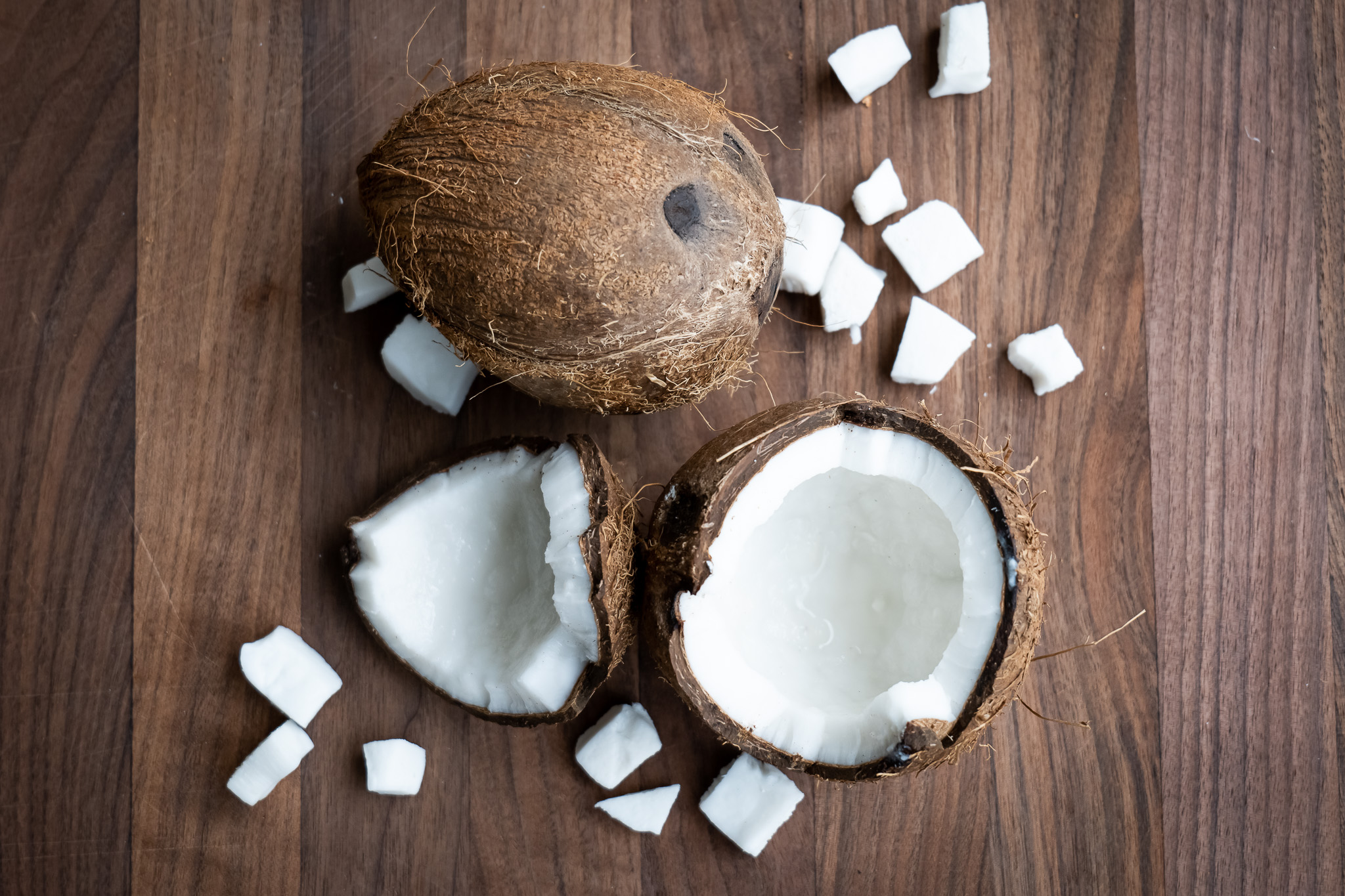
Coconuts
Perhaps the most versatile on our list of stone fruits, you can find coconuts in all of their various forms at your local grocery store. You’ll be hard-pressed to find any of these at your local farmer’s market unless you live in a tropical area, but grocery stores typically carry them in the produce section year-round. You may find coconut oil, milk, manna, flour, water, fresh frozen shreds or chunks, or dried pieces at your grocery store. Pro tip: when making coconut icing, opt for fresh frozen shredded coconut (in the fruit area of the freezer section) to add more flavor than regular dried shredded coconut!

Blackberries
You would think that blackberries and raspberries would be berries, but they are technically made up of many little stone fruits! Blackberries can range from tart to juicy and sweet. When picking out blackberries at the store, farmer’s market, or even off of the bush, make sure the skin is a dull black color instead of shiny or red to make sure they are ripe and sweet! However, even if they are a bit tart they can still be delicious baked into a blackberry cobbler. Try out this delicious Homemade Hand-tart recipe here.

Raspberries
Both raspberries and blackberries are high in antioxidants and fiber, and are also low-glycemic, meaning they are a great fruit to add to your breakfast to avoid a large blood sugar spike first thing in the morning as well as being great for digestion. Raspberries are perfect to eat by the handful or top on your favorite dessert! Try out this recipe for Mini Berry Pavlovas here.
Mulberries
This fruit is similar looking to blackberry with a longer section of drupelets and is most often found in jam form or syrups. You can eat them fresh, but they are actually toxic if not fully ripe or if they have a white juice or sap present on the berry. Mulberry trees are illegal to plant in some states because of the invasive nature of the plant, as well as the bark, leaves, and unripe berries being toxic to consume. A ripe mulberry, however, is sweet, juicy, and a little tart, similar to a blackberry.
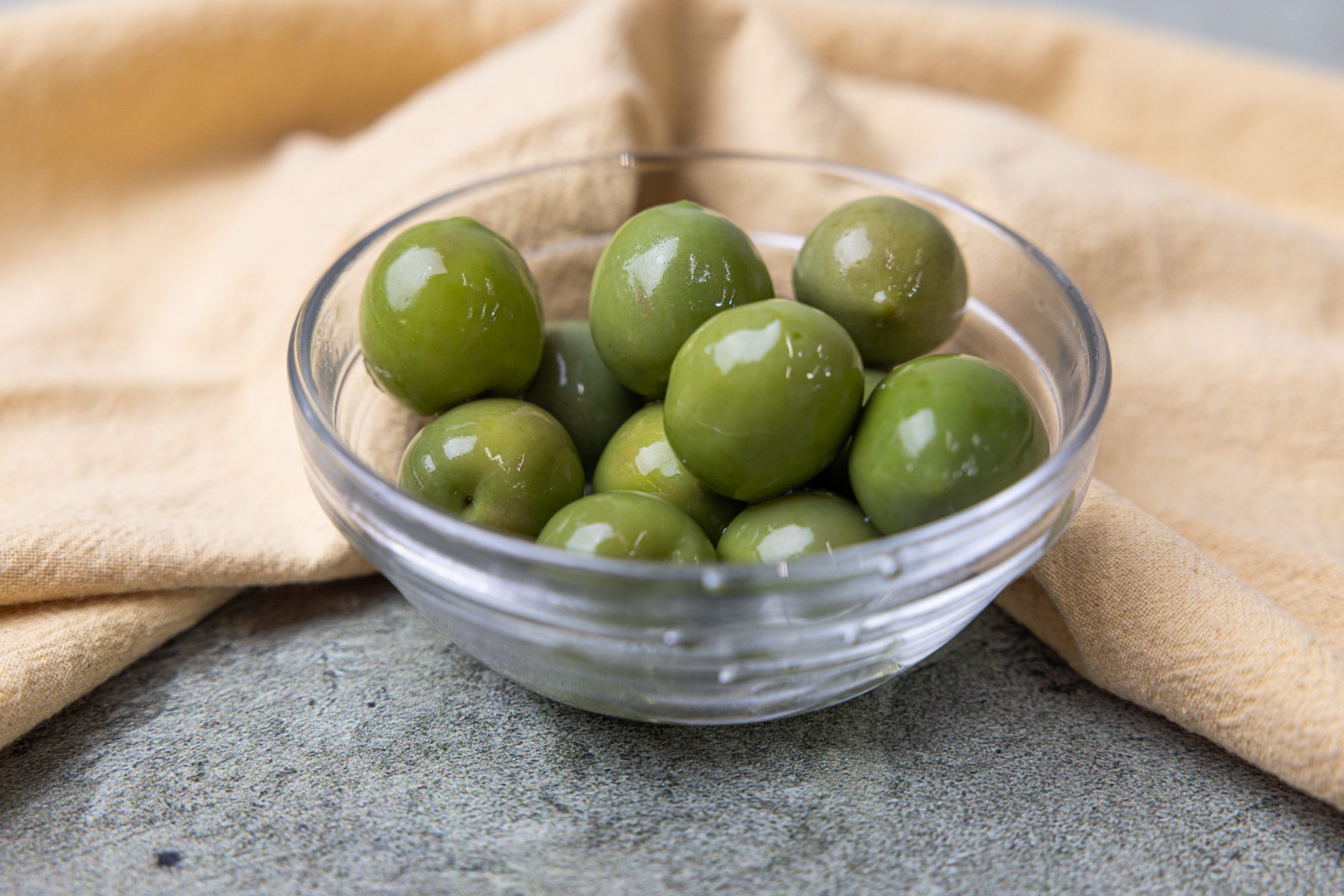
Olives
Olives are probably not what you think of when you think of fruit, let alone stone fruit, but these stone fruits are full of anti-inflammatory omega-3 healthy fats! Olives are typically grown in Greece, Spain, Morocco, and California. You can find anything from black kalamata olives to green manzanilla or castelvetrano table olives at your local grocer, to a good quality olive oil from Spain or Greece, to an olive tapenade dip to pair with bread. Fun fact: olives have to be “cured” in order to have a not-bitter taste when eaten!
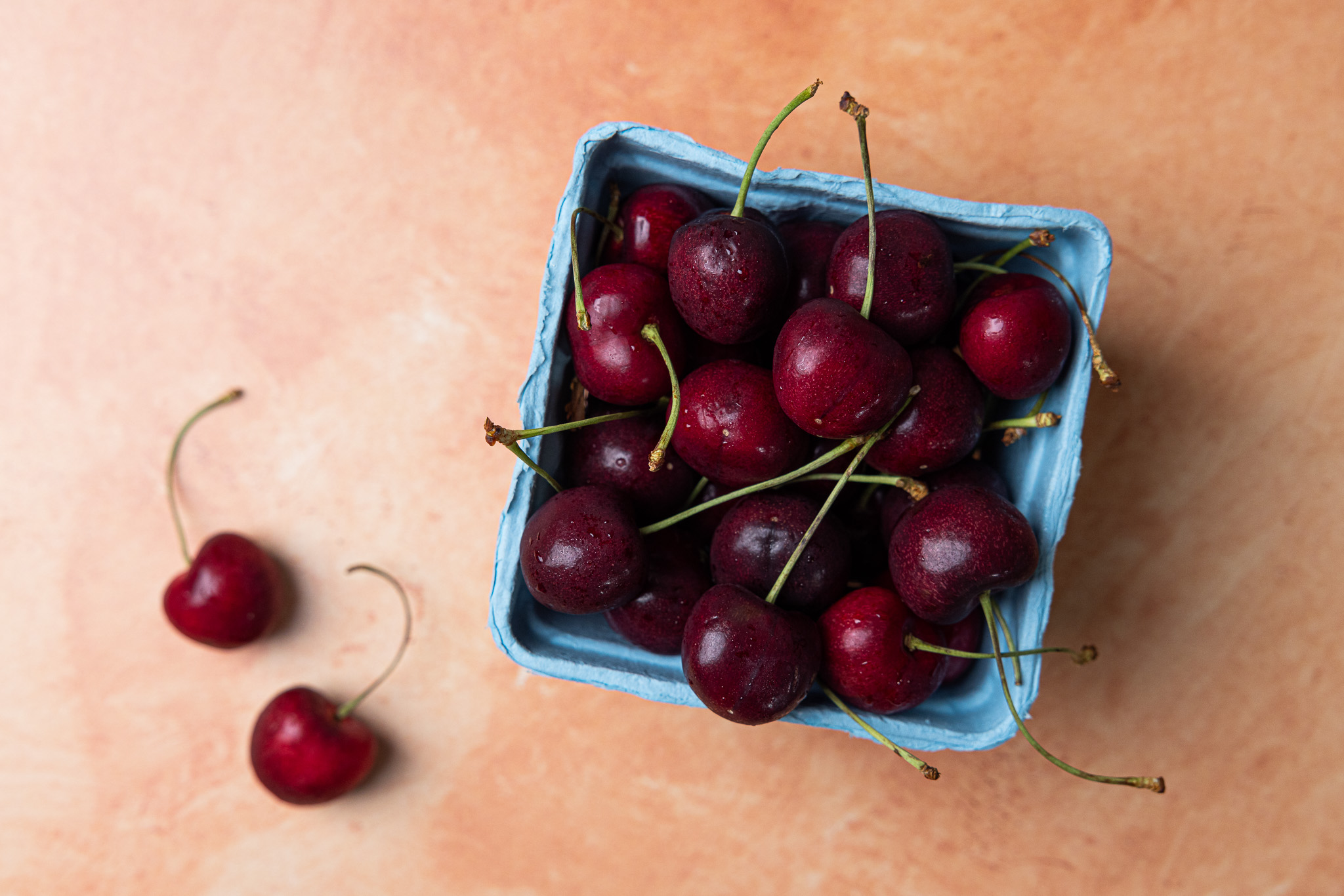
Cherries
Sweet Red cherries, Bing, and Rainier are the most popular types of cherries you’ll find at the store. Sweet Red and Bing are both a dark red color, while Sweet Red is a bit sweeter and Bing has a slightly tart and sweet flavor. Rainier cherries are red and yellow with yellowish flesh and have a lightly sweet flavor. Maraschino cherries that you find on top of a milkshake are actually not a variety of cherries but a red cherry that has been brined in syrup and dyed. Throw some frozen dark sweet cherries in a smoothie with cacao powder for a chocolate cherry smoothie packed with antioxidants!
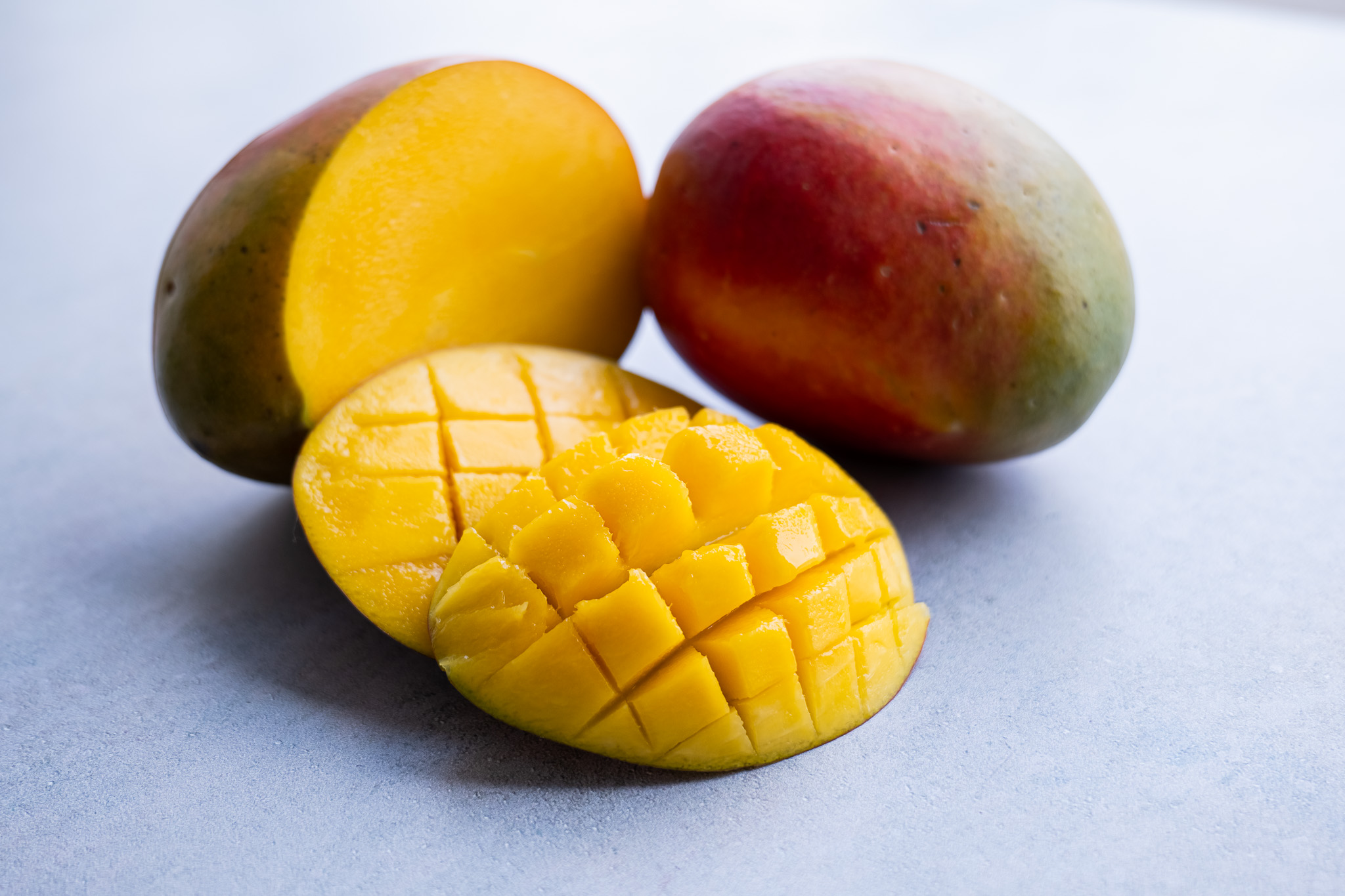
Mangos
Mangos are one of the more tropical stone fruits on this list. They are high in vitamin C (an antioxidant that protects against free radical damage) and vitamin A. The color skin of mangos varies from red, red and yellow, to green, so choose a mango based on the sweet smell and being slightly soft. To cut a mango, you can either peel the entire fruit, slice the 2 sides on either side of the seed off, and then dice it, or slice the sides off and then cross-cut (without puncturing the skin) the mango and use a spoon to remove the mango from the skin. Mangos are deliciously enjoyed simply with chili lime powder or frozen and made into a sorbet. The possibilities are endless!
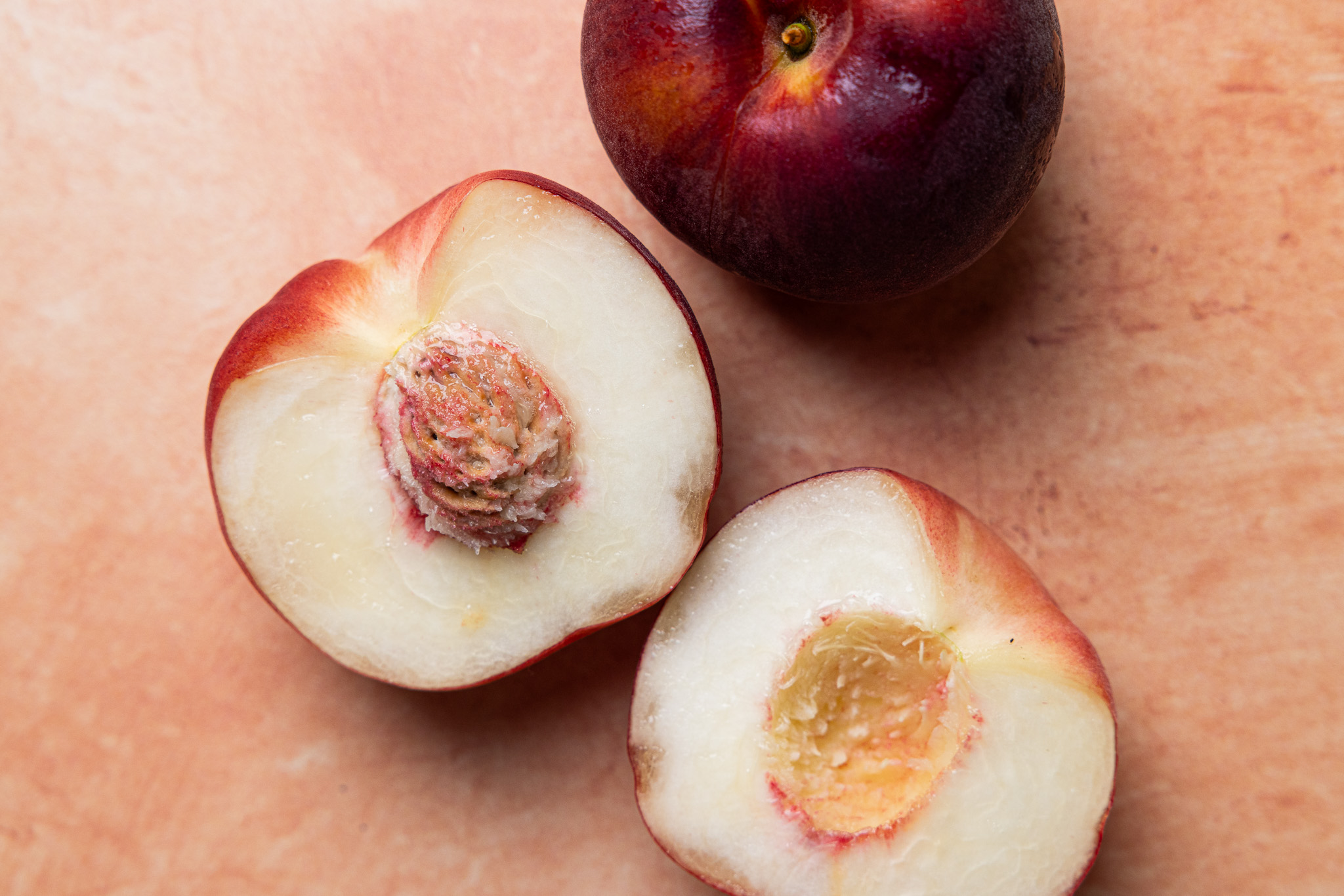
Nectarines
Nectarines are a type of peach that have smooth instead of fuzzy flesh. Nectarines actually started as a genetic mutation of a peach, with slightly denser flesh and smooth skin, so it is possible for nectarines to grow on a peach tree! These stone fruits can also be enjoyed eaten like an apple (without having to deal with the fuzzy skin of a peach!), made into a savory dish, a sweet salsa, or baked into a tart. Try out nectarines in a peach recipe like this one.
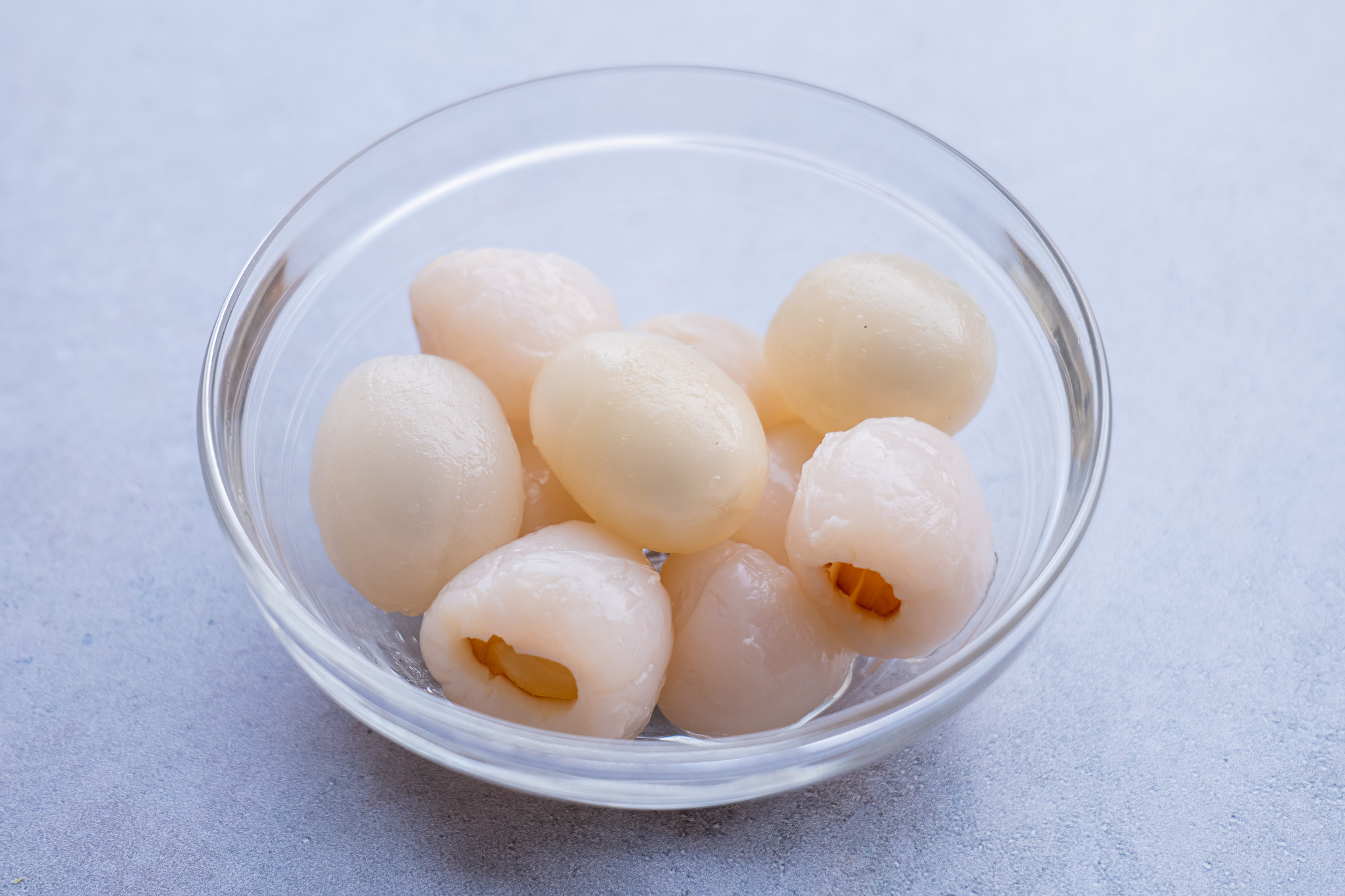
Lychees
Lychees are native to southern China and have now been introduced throughout Asia. They have a hard red shell and an almost transparent center! Lychees have begun to gain traction in popularity in America in recent years, most commonly seen in drinks and desserts. These unique tropical fruits are lightly sweet and similar to a pear or strawberry in flavor. You can sometimes find them fresh at your local grocer or your local Asian grocery market, or you can even find them canned in light syrup.
Hybrids: Pluots / Apriums / Plumcots
Hybrids stone fruit are a genetic mixture of two stone fruit. Surprisingly enough hybrid fruit can occur naturally while other types have been commercially cultivated to bring out the best flavor and texture.
Peak Season for Stone Fruits
Most of the fruits are in season from late spring to early fall or June to September in North America, and then from about October-March in the southern hemisphere in places like Australia. If you can’t find these fruits in your local grocer’s produce section come winter, check out the frozen produce aisle to still take advantage of these delicious fruits. Coconuts are actually in season year-round in tropical climates like South Florida, Hawaii, and Southeast Asia!
How to Pick a Ripe Stone Fruit
Some of these fruits, like peaches, plums, and pears are picked before they ripe. Once you get them from your grocery store or farmers market, they may need a day or two to ripen. See below for how to speed up the ripening process. Once the flesh is a bit soft to the touch and the fruit smells sweet, you know it is ready to enjoy!
Other fruits like blackberries, cherries, and raspberries are ready to eat as soon as you buy them and should be stored in the refrigerator to prolong the freshness for a few days.
How to Store and Keep Stone Fruits Fresh
- For peaches, nectarines, plums, apricots, and any of their variations, place fruits on a soft cloth (not flannel) in a single layer on your kitchen counter until ripe.
- Make sure to not let the skin of the fruit get any dents, or the fruit will bruise and start to decay the fruit.
- To speed up the ripening process, you can place the fruit in the sunlight near a window.
- Once ripe, store gently in the crisper drawer of your fridge for a couple of days or slice and store in an airtight plastic or silicon bag in your freezer.
How to Use Stone Fruits
These fruits can easily be enjoyed on their own, sliced and enjoyed on top of a bowl of oatmeal or vanilla ice cream, baked into pies or other yummy desserts, or preserved in a jam or preserves. Don’t be afraid to experiment with blending them into a soup, or use them to elevate your sandwich. Some varieties, like peaches and nectarines, can even be lightly drizzled with honey or maple syrup and grilled to pair with ice cream at your next cookout.
Ready to try out a stone fruit recipe? Try our new Summer Peach and Toasted Pecan Shortcakes recipe or click one of the stone fruit recipes below!
Stone Fruit Recipes:
Fruit & Chai Creme Brulee
Blackberry Thyme Sparkling Coffee
Blackberry Basil Pastry
Summer Salad with Homemade Blackberry Vinaigrette
[ Grilled peaches recipe link]






